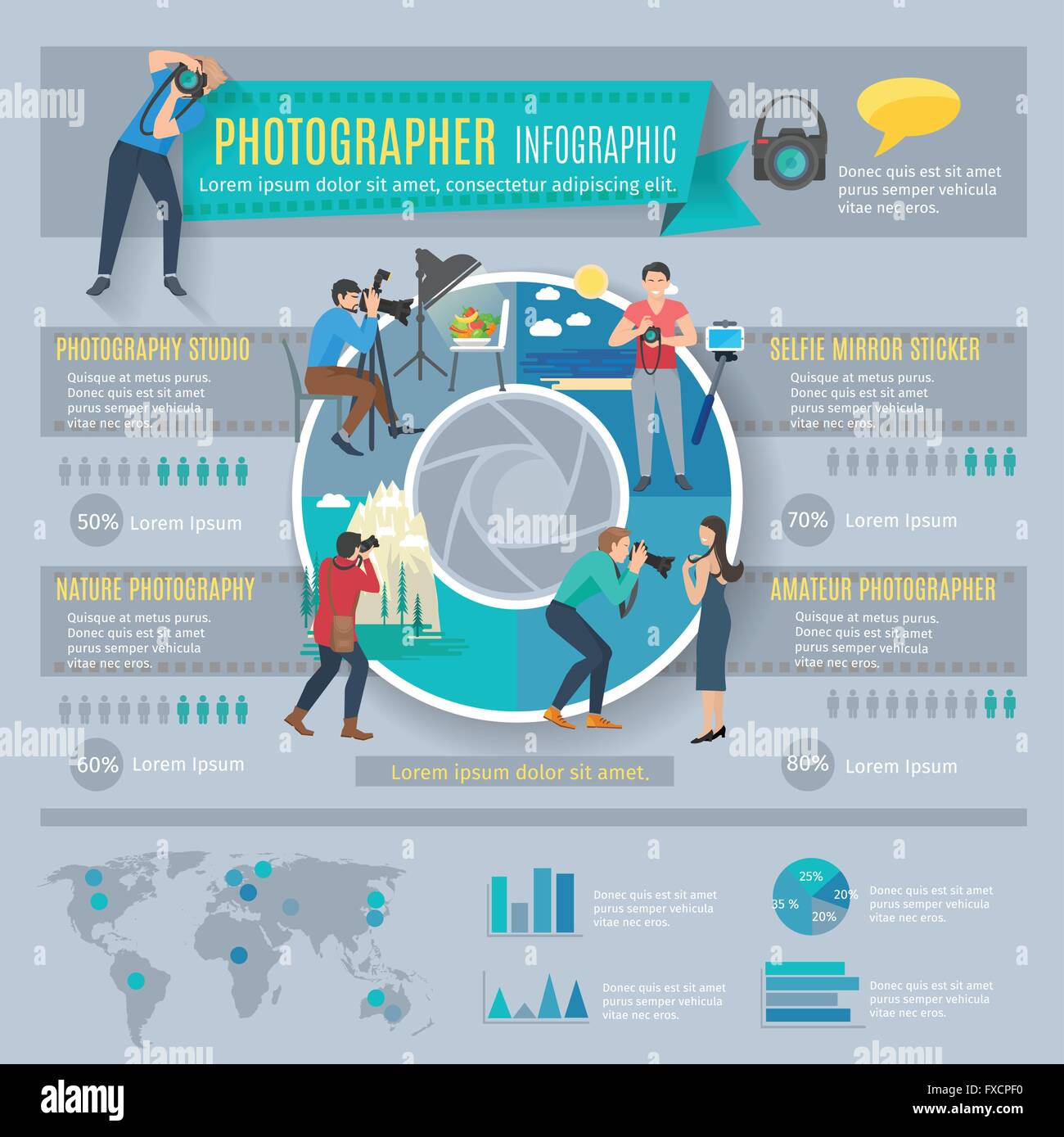Change Your Digital Photography By Grasping Lights Methods That Can Elevate Your Pictures-- Uncover The Typical Pitfalls That Could Be Holding You Back
Change Your Digital Photography By Grasping Lights Methods That Can Elevate Your Pictures-- Uncover The Typical Pitfalls That Could Be Holding You Back
Blog Article
Authored By-Caldwell Fraser
As a digital photographer, you recognize that illumination can make or damage your images. Comprehending the nuances of both all-natural and artificial light is vital for recording the mood and clarity you aim for in your work. Whether you're chasing after the ideal golden hour glow or fine-tuning your man-made configurations, grasping these elements can boost your digital photography significantly. Yet there prevail challenges that lots of ignore, and recognizing them can transform your technique to every shoot. Allow's discover what you could be missing out on and just how it can influence your outcomes.
Recognizing All-natural Light
Recognizing natural light is important for any kind of photographer looking to boost their job. It's the foundation of great digital photography, affecting state of mind, tone, and clearness. When you shoot outdoors, pay attention to the moment of day. The gold hour-- quickly after daybreak and prior to sunset-- supplies soft, warm light that can transform average scenes right into magnificent images.
Don't take too lightly the power of overcast days. Cloud cover diffuses sunlight, creating a soft, also light that's excellent for pictures and macro photography. You'll find shades appear this kind of lighting without harsh shadows.
Placing issues, as well. Constantly consider your topic's orientation to the light. If the sun's behind your topic, you might wind up with a silhouette, which can be significant but mightn't be what you desire. Conversely, direct sunshine can create uncomplimentary shadows.
Explore angles; often, transforming your viewpoint can yield incredible outcomes. Usage natural reflectors, like water or sand, to jump light onto your subject, adding dimension.
Mastering Artificial Light
Understanding synthetic light is necessary for photographers who intend to take their skills to the following degree. Whether simply click the following article using speedlights, studio strobes, or continual lights, recognizing how to manipulate these resources can significantly enhance your photos.
Begin by familiarizing on your own with the basics of light quality, instructions, and color temperature. Trying out different modifiers like softboxes, umbrellas, or grids to regulate the softness or violence of the light.
You'll find that soft light typically creates flattering outcomes, while harsher light can add dramatization and depth. Don't avoid shadows; they can enhance the three-dimensionality of your topics.
Pay very close attention to the placement of your lights. A light located too near to your topic can create uncomplimentary results, while too far away can bring about a lack of detail. Make https://www.t3.com/us/features/best-dslr of a light meter or your camera's pie chart to guarantee you're subjecting properly.
Finally, keep in mind that synthetic light can be mixed with ambient light for innovative results. Stabilizing these sources might take method, once you understand it, your photography will absolutely shine.
Techniques for Various Situations
When you enter various shooting circumstances, adapting your lighting methods is critical for capturing the best photos. For exterior pictures, make use of the golden hour-- early morning or late afternoon light-- to soften shadows and improve complexion.
If it's a severe midday sun, think about utilizing a reflector to bounce light back onto your subject or seek shaded locations for a more also direct exposure.
In low-light scenarios, like interior occasions, increase your ISO and use a wide aperture to let in even more light. A tripod can aid get rid of camera shake, enabling longer exposures without blurring.
If you're shooting at night, try out off-camera flash to produce vibrant illumination and depth in your images.
For item digital photography, make use of diffused illumination to stay clear of harsh representations. Softboxes or light tents can help accomplish this effect.
When photographing landscapes, think about the instructions of light and time of day, as it can significantly change the state of mind of your shot.
Constantly prepare to readjust your settings and positioning based on the circumstance, as adaptability is essential to grasping illumination in photography.
Final thought
To conclude, understanding lighting is key to raising your photography abilities. Welcome all-natural light's beauty during golden hour, and do not shy away from trying out man-made light methods. By adapting your strategy to different circumstances, you'll catch spectacular images that resonate with feeling and clarity. Remember, the best lights can change a regular shot into something extraordinary, so maintain practicing and fine-tuning your understanding of both natural and fabricated light. Delighted shooting!
